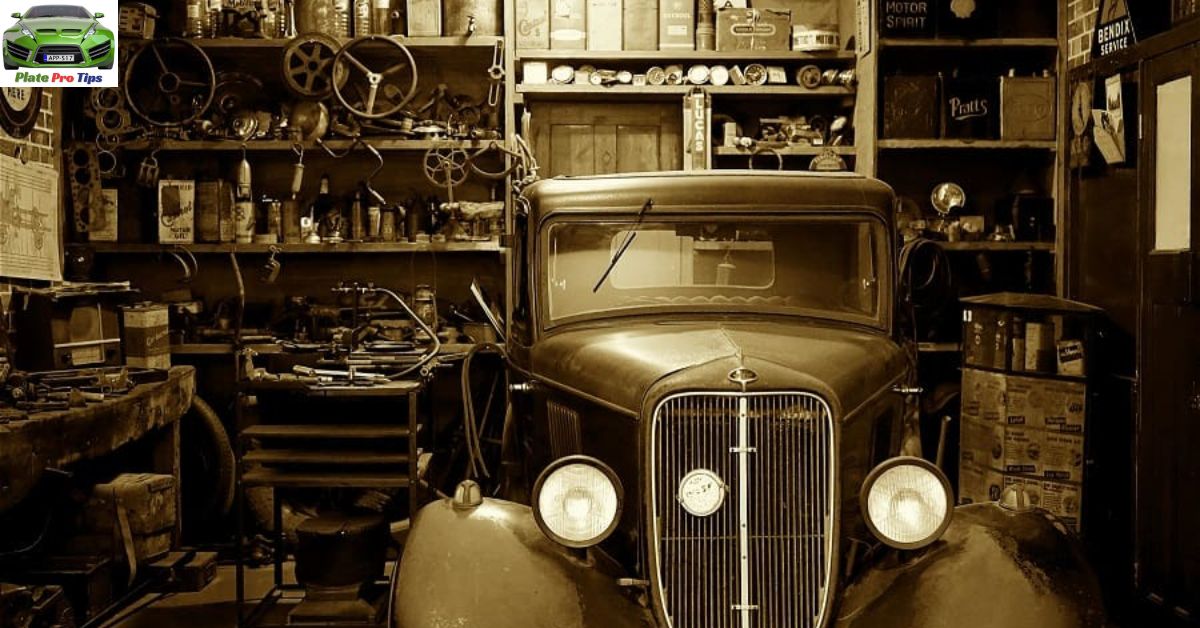The secret of brown pigment in vintage photos lies in the chemical processes used during development. These methods gave photos their unique, warm tones that we see in old pictures.
Curious about the brown tones in old photos? Discover the fascinating secret behind the unique pigments that give vintage pictures their classic look!
The brown pigment in vintage photos comes from early photo development techniques. These methods, like sepia toning, created warm, lasting colors that define old photographs.
The Early Phases Of Vintage Photos
Photography has come a long way. It began in the early 19th century. The first photos were black and white. Color was still a distant dream.
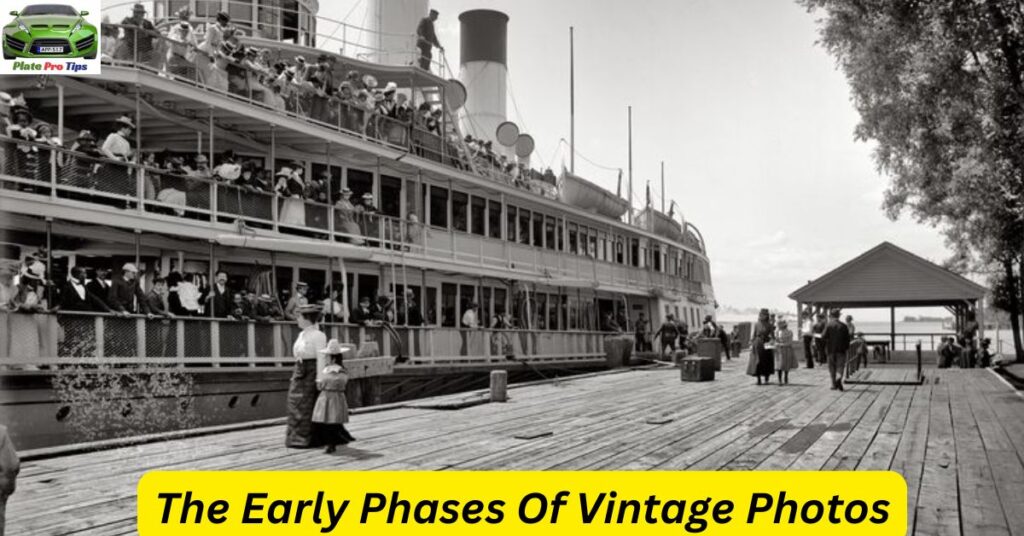
Daguerreotypes came first. They were invented in 1839. Each image was unique. You couldn’t make copies.
Next came calotypes. These allowed for multiple prints. But the images were less sharp.
The wet plate collodion process followed. It produced clearer images. It was widely used in the 1850s and 1860s.
Dry plate negatives emerged in the 1870s. They made photography more convenient. Photographers could develop photos later.
By the 1880s, Kodak arrived. They made cameras for everyday people. Photography became accessible to all.
Throughout these early phases, photos remained monochrome. But photographers sought ways to add visual interest. This led to the development of toning techniques.
Understanding Brown Pigment
The brown color in old photos isn’t random. It’s not just fading. It’s a specific process called sepia toning.
Sepia toning was popular in the late 19th and early 20th centuries. It involves chemistry. The process changes the silver in photos to silver sulfide.
Why use sepia toning? It had several benefits. It made photos last longer. The brown tone was pleasing to the eye. It could hide imperfections in prints.
The process was simple but required skill. Photographers would treat black and white photos with special chemicals. These contained sulfur compounds. The intensity of brown could be controlled.
Sepia toning became a signature style. Many portrait studios offered it. People liked how it made them look in photos.
Sepia Trim
Sepia trim is another term for sepia toning. It refers to the process of adding brown tones to photos. This technique dramatically changed the look of images.
Sepia trim wasn’t just about color. It was about creating a mood. The warm brown tones evoked nostalgia. They made photos feel older, more romantic.
The process required skill. Too much toning could ruin a photo. Too little might not achieve the desired effect. Photographers had to find the right balance.
Sepia trim became popular for portraits. The soft brown tones were flattering. They smoothed skin tones and hid blemishes.
Today, we can create sepia effects digitally. But original sepia-toned photos have a unique quality. The chemical process affected the actual silver in the photo paper.
How It Updates Photos?
Sepia toning transforms photos. It doesn’t just change the color. It alters the entire feel of an image.
The brown tones add warmth. Cold black and white images become softer. Harsh contrasts are smoothed out.
Sepia can make a photo feel older. Even recent pictures can gain a vintage look. This effect is still used in modern photography.
The brown pigment can highlight certain features. It can bring out textures. Fabrics and surfaces often look richer in sepia tones.
Sepia creates a specific mood. It often evokes nostalgia. The warm tones remind us of old family albums. They can make us think of past times.
In portraits, sepia toning is flattering. It softens skin tones. It can hide small imperfections. This is why it was popular for formal portraits.
Landscapes also benefit from sepia tones. The warm colors can make a scene look more inviting. They can add a dreamy quality to nature photos.
Brown Pigment Versus Significantly Separating
Significantly separating refers to black and white photos. These have a different look from sepia-toned ones. The difference is more than just color.
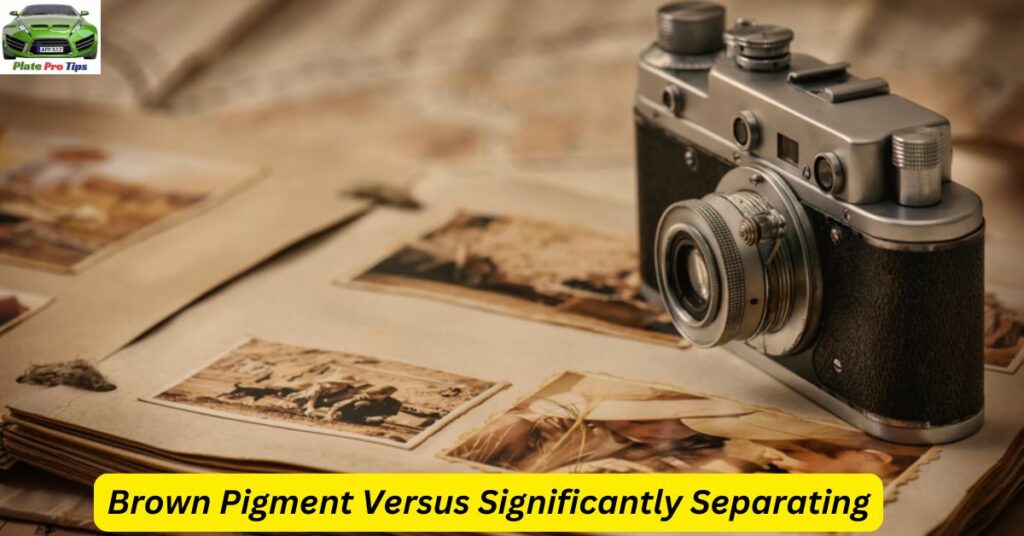
Black and white photos have strong contrasts. They emphasize light and shadow. This can create dramatic effects. It’s good for showing textures and forms.
Sepia photos are softer. The brown tones reduce contrast. This creates a gentler look. It can be more suitable for portraits or romantic scenes.
Black and white photos feel more modern. They’re associated with art photography. Sepia photos feel more antique. They’re linked to historical images.
In black and white, colors become shades of gray. This can simplify an image. It focuses attention on shapes and composition. Sepia adds a color element. It’s still monochrome, but warmer.
The choice between black and white and sepia depends on the desired effect. Each has its strengths. Photographers choose based on their artistic vision.
Extraordinary Vintage Photos
Some vintage photos stand out. They’re not just old. They’re extraordinary. These photos capture something special.
Extraordinary vintage photos often have great clarity. Despite their age, the images are sharp. This shows the skill of the photographer. It also indicates good preservation.
Many extraordinary vintage photos show famous people. They might be the only images we have of certain historical figures. These photos are valuable historical documents.
Some vintage photos are extraordinary because of their subject. They might show rare events. Or they might capture everyday life from long ago. These give us a window into the past.
Technically impressive vintage photos also exist. Some early photographers created amazing effects. They used complex processes. The results can be stunning.
Color is important in extraordinary vintage photos. Whether they’re sepia-toned or early color photos, the hues can be vibrant. Well-preserved colors add to a photo’s impact.
Challenges In Brown Pigment In Vintage Photos
Preserving vintage photos is challenging. The brown pigment can fade or change over time. This affects the photo’s appearance and value.
Light is a major threat. Sunlight and artificial light can cause fading. The brown pigment is especially sensitive to light damage.
Humidity is another challenge. Too much moisture can cause mold growth. It can also make the photo paper deteriorate.
Temperature changes are problematic. They can cause the photo paper to expand and contract. This can lead to cracking of the image surface.
Handling vintage photos can be risky. Oils from hands can damage the surface. This is true for all old photos, including sepia-toned ones.
Air pollution can affect brown pigment. Certain gases in the air can react with the photo chemicals. This can cause discoloration or fading.
Improper storage is a common issue. Photos stored in non-archival materials can degrade faster. The brown pigment can be affected by acids in regular paper or cardboard.
Read This Blog: Inspecting The Oneworldcolumn.org Blog And Its Effect
Current Procedures For Safeguarding
Modern conservation techniques help preserve vintage photos. These methods protect the brown pigment and the photo itself.
Archival storage is crucial. Special boxes and folders are used. They’re made of acid-free materials. This prevents chemical reactions that could harm the photo.
Climate control is important. Museums and archives keep photos in cool, dry environments. This slows down chemical reactions that cause degradation.
Digitization is a key safeguarding method. High-quality scans preserve the image digitally. This allows the original to be stored safely while copies are viewed.
Proper handling techniques are taught. Conservators use gloves when touching photos. They support photos carefully to prevent bending or creasing.
Light exposure is minimized. When photos are displayed, special UV-filtering glass is used. Lighting levels are kept low to prevent fading.
Regular inspections are conducted. Experts check for signs of deterioration. Early intervention can prevent serious damage.
The Science Behind Brown Pigment Clouding
Brown pigment clouding is a common issue in vintage photos. It’s caused by chemical changes. Understanding the science helps in preservation.
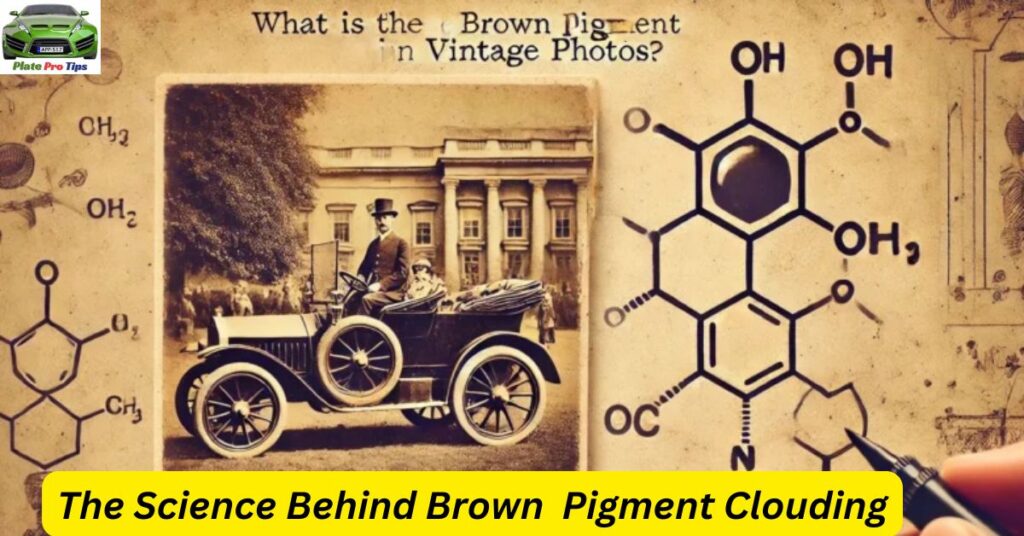
The brown color comes from silver sulfide. Over time, this compound can change. It can react with elements in the air or the photo paper.
Oxidation is a major cause of clouding. The silver sulfide reacts with oxygen. This can cause the brown areas to become darker or cloudy.
Humidity plays a role in clouding. It can speed up chemical reactions. High humidity can cause the brown pigment to break down faster.
Light exposure contributes to clouding. UV light can trigger chemical changes. This affects the stability of the brown pigment.
The quality of the original toning process matters. Poorly done sepia toning may cloud faster. The chemicals may not have been properly fixed in the photo.
Factors Causing Brown Pigment Decay
Several factors contribute to the decay of brown pigment in vintage photos. Understanding these helps in preservation efforts.
Light exposure is a primary factor. UV light can break down the chemical bonds in the pigment. This leads to fading and color changes.
Humidity accelerates decay. It can cause the photo paper to swell. This can disrupt the pigment layer.
Temperature fluctuations stress the photo. They cause expansion and contraction. This can lead to cracking and flaking of the pigment.
Air pollution contains harmful chemicals. These can react with the brown pigment. Industrial areas may pose higher risks to photos.
Improper storage materials can cause problems. Acidic paper or cardboard can affect the pigment. They release compounds that speed up decay.
Biological factors like mold or insects can damage photos. They can eat away at the paper and pigment.
Preventive Measures
Taking preventive measures can greatly extend the life of vintage photos. These steps protect the brown pigment and the photo itself.
Store photos in a cool, dry place. Avoid attics and basements. These areas often have temperature and humidity swings.
Use archival-quality storage materials. Acid-free boxes and folders protect photos. They prevent chemical reactions that could harm the images.
Limit light exposure. Keep photos in dark storage when not viewed. Use UV-filtering glass when displaying photos.
Handle photos with clean, dry hands. Better yet, use cotton gloves. This prevents oils and dirt from damaging the surface.
Avoid adhesives on the photos. Many glues can damage the image over time. Use photo corners for albums instead.
Don’t write directly on photos. If you must label them, use a soft pencil on the back. Avoid pressing hard.
Digitize your collection. This allows you to enjoy the images without handling the originals often.
Significant Assessments Of Popular Excellent Photographs
Some vintage photos are widely recognized. They’ve been studied by experts. These assessments reveal much about photographic history.
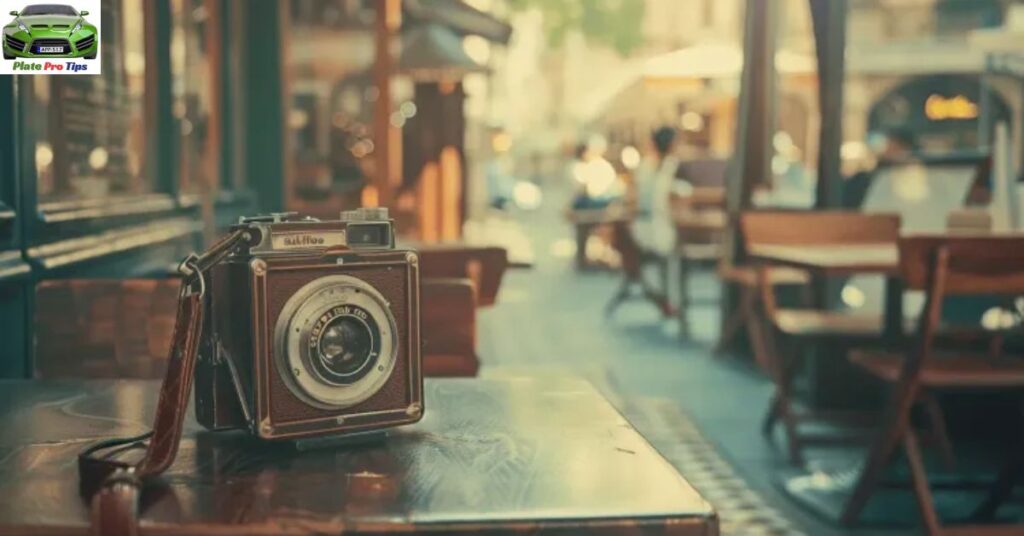
The Daguerreotype of Boulevard du Temple is famous. It’s one of the earliest photos of people. Experts note its technical quality and historical significance.
The Pencil of Nature by William Henry Fox Talbot is important. It’s the first commercially published book with photographs. Assessments focus on its pioneering use of calotypes.
Migrant Mother by Dorothea Lange is iconic. It’s a powerful image from the Great Depression. Experts discuss its composition and emotional impact.
The Horse in Motion by Eadweard Muybridge changed photography. It proved that all four of a horse’s hooves leave the ground when galloping. Assessments highlight its scientific and artistic value.
Assessment Of Striking Pictures
Striking vintage photos captivate viewers. They stand out for various reasons. Experts assess these photos based on several criteria.
Technical quality is important. Sharpness, exposure, and composition are evaluated. Experts look at how well the photographer used their equipment.
Historical significance adds value. Photos that capture important moments are prized. They provide visual evidence of past events.
Artistic merit is considered. The photographer’s skill in creating a compelling image is assessed. Composition, lighting, and subject matter are key factors.
Rarity affects a photo’s importance. Unique or early examples of photographic processes are valuable. They help trace the development of photography.
Condition is crucial in assessments. Well-preserved photos are more valuable. They provide clearer information about photographic history.
Stories Behind The Photos
Every vintage photo has a story. Some stories are well-known. Others are mysteries waiting to be solved.
The Afghan Girl photo by Steve McCurry is famous. It was taken in a refugee camp. The girl’s identity was unknown for years. Her story represents the plight of many refugees.
V-J Day in Times Square shows a sailor kissing a nurse. It celebrates the end of World War II. The identities of the couple were debated for decades.
Lunch Atop a Skyscraper depicts workers eating lunch on a beam. It symbolizes the daring of construction workers. The photographer’s identity was uncertain for years.
These stories add depth to the photos. They connect us to history. They make the images more than just visual records.
Gathering Excellent Photographs
Collecting vintage photos is a popular hobby. It requires knowledge and care. Collectors seek out special images.
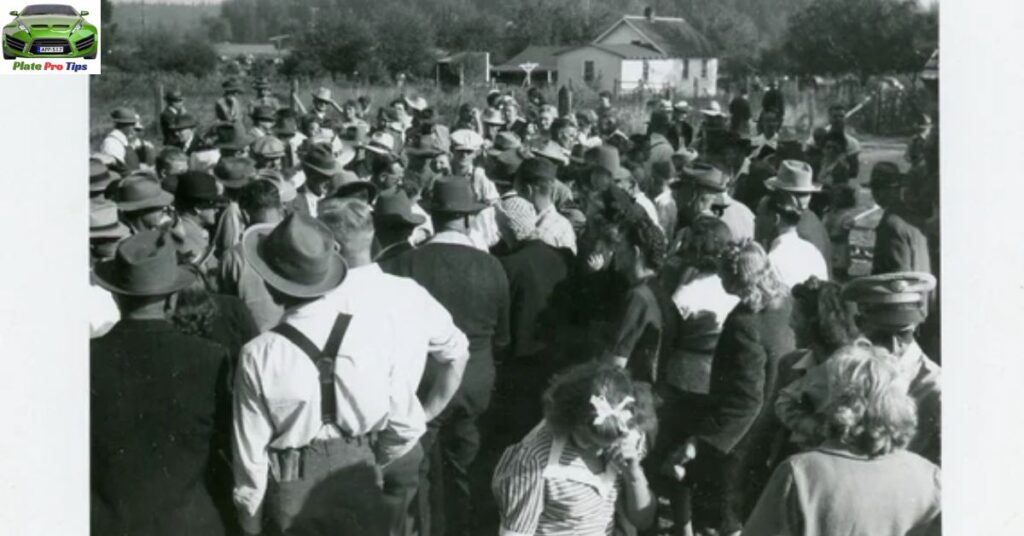
Start by learning about photographic history. Understand different processes and time periods. This helps in identifying valuable photos.
Specialize in a particular era or style. This allows you to develop deep knowledge. You can become an expert in your chosen area.
Attend auctions and fairs. These are good places to find vintage photos. You can also meet other collectors and experts.
Build relationships with dealers. They can help you find specific photos. They often have access to private collections.
Research before buying. Know the market values. Understand what makes a photo valuable or rare.
Tips For Locaters
Locating vintage photos requires patience and skill. Here are some tips for finding excellent photographs:
Visit antique shops regularly. They often have boxes of old photos. You might find hidden treasures.
Check online marketplaces. Sites like eBay or Etsy can be good sources. Be cautious and verify authenticity.
Attend estate sales. Families often sell old photos during these events. You might find entire collections.
Join collector groups online. Members often share information about sales or auctions. They can be a great resource.
Look in unexpected places. Flea markets, yard sales, and even thrift stores can yield surprises. Keep your eyes open.
What To Search For Concerning Quality And Validness?
When collecting vintage photos, quality and authenticity are crucial. Here’s what to look for:
Check the paper quality. Vintage photos often have a specific texture or weight. Familiarize yourself with different types.
Look for original markings. Many vintage photos have studio stamps or markings. These can help verify authenticity.
Examine the image quality. Authentic vintage photos have a certain clarity and depth. Be wary of modern reproductions.
Consider the subject matter. Does it match the purported time period? Clothing, hairstyles, and settings should be consistent.
Assess the condition. Some wear is expected in vintage photos. But excessive damage can reduce value.
Read This Blog: The Insidious Proliferation Of Modern Marketing
Recuperation Strategies
Recovering damaged vintage photos requires care and expertise. Here are some strategies:
Digital restoration can work wonders. Skilled technicians can repair digital scans of damaged photos.
Chemical treatments can sometimes restore faded images. This should only be done by professionals.
Physical repair of torn or creased photos is possible. Special tapes and adhesives are used.
Rehousing in archival materials can prevent further damage. This is often the first step in recovery.
Stabilization techniques can halt ongoing deterioration. This is crucial for severely damaged photos.
Systems To Reestablish Clouded Photos
Clouded photos can often be restored. Here are some systems used:
Gentle cleaning with appropriate solvents can remove surface dirt. This can improve image clarity.
Humidity treatment can sometimes reduce clouding. It must be done carefully to avoid further damage.
Chemical baths can restore some types of fading. This is a complex process requiring expertise.
Digital enhancement can bring out details in clouded areas. This doesn’t change the original but provides a clearer copy.
Infrared photography can reveal hidden details in some clouded photos. It’s used for severely damaged images.
Offsetting Recuperation With Realness
Balancing restoration with authenticity is crucial. Here’s how it’s approached:
Minimal intervention is preferred. Only necessary treatments are performed.
Reversible processes are used when possible. This allows future conservators to undo treatments if needed.
Documentation of all treatments is crucial. This maintains the photo’s historical integrity.
Digital copies are often made before physical treatment. This preserves the original state.
Ethical considerations guide all restoration work. The goal is to preserve, not alter, history.
Frequently Asked Questions
What Causes the Brown Pigment in Vintage Photos?
The brown pigment comes from sepia toning, a process that uses silver sulfide to create warm, brown hues.
Why Did Photographers Use Sepia Toning?
Photographers used sepia toning to make photos more durable and resistant to fading over time.
How Does Sepia Toning Work?
It replaces the silver particles in the photo with silver sulfide, giving it a brown color and lasting quality.
Are All Vintage Photos Brown Due to Sepia?
No, not all. Some vintage photos are brown due to natural aging or other chemical processes.
Can Modern Photos Be Given a Brown Pigment?
Yes, modern photos can achieve a similar sepia effect using digital editing or special filters.
Why Are Brown-Toned Photos So Appealing?
The warm hues add a sense of nostalgia and artistic beauty, making vintage photos feel timeless.
Final Words
The secret of brown pigment in vintage photos comes from the chemical processes used in early photography. Photographers often used sepia toning, a method that replaced silver particles with silver sulfide.
This not only added a warm brown tint to the photos but also made them more durable and resistant to fading. The unique brown color was not just for aesthetics; it helped preserve memories longer, giving vintage photos their distinct look. Over time, these methods became a hallmark of classic photography.
Early photographers discovered that certain chemicals and toning processes could transform the appearance and longevity of photos. Sepia toning, for example, became a popular choice due to its rich, brown hues and enhanced preservation qualities.
The warm pigment created a softer, more artistic effect that contrasted with the colder tones of early black-and-white photos. This technique added a sense of nostalgia and timelessness to images, making them cherished keepsakes for generations.

I’m Shoaib, a passionate blogger with 5 years of experience. I love writing about tech. My goal is to share useful information and insights with you. Explore my website to discover exciting content on various topics!
